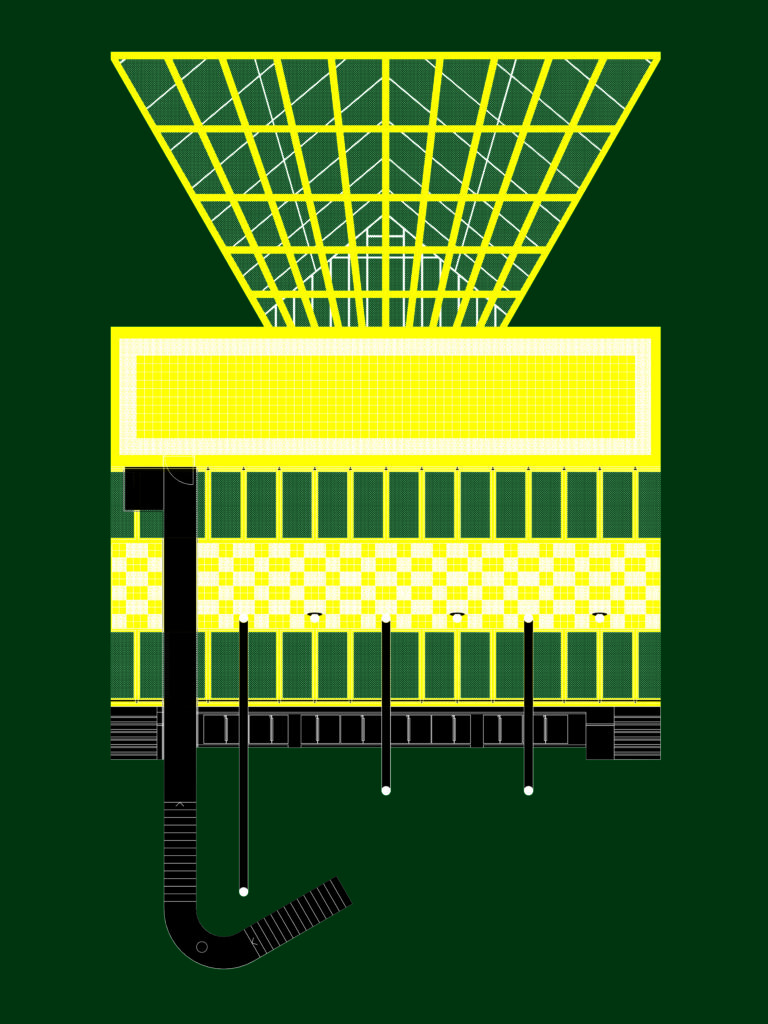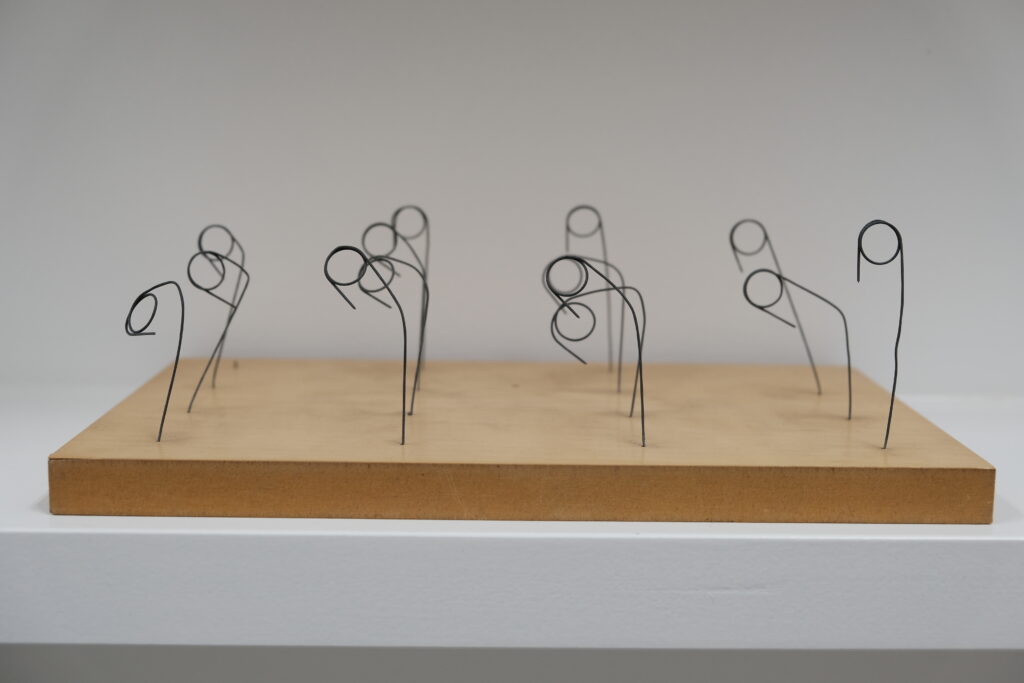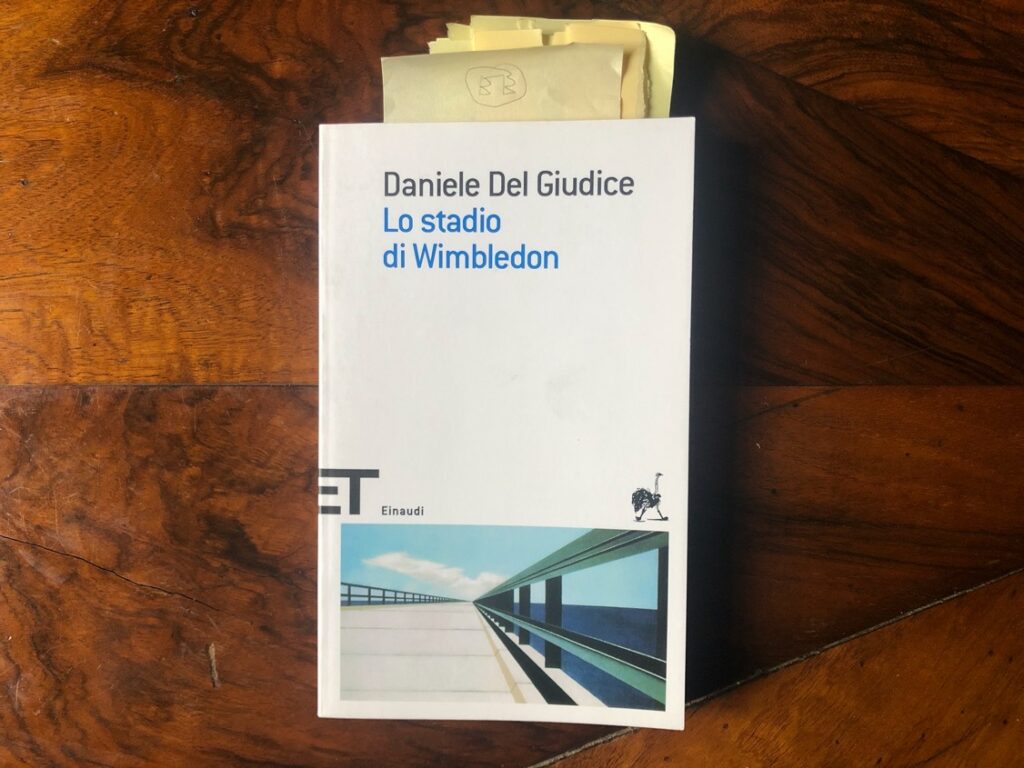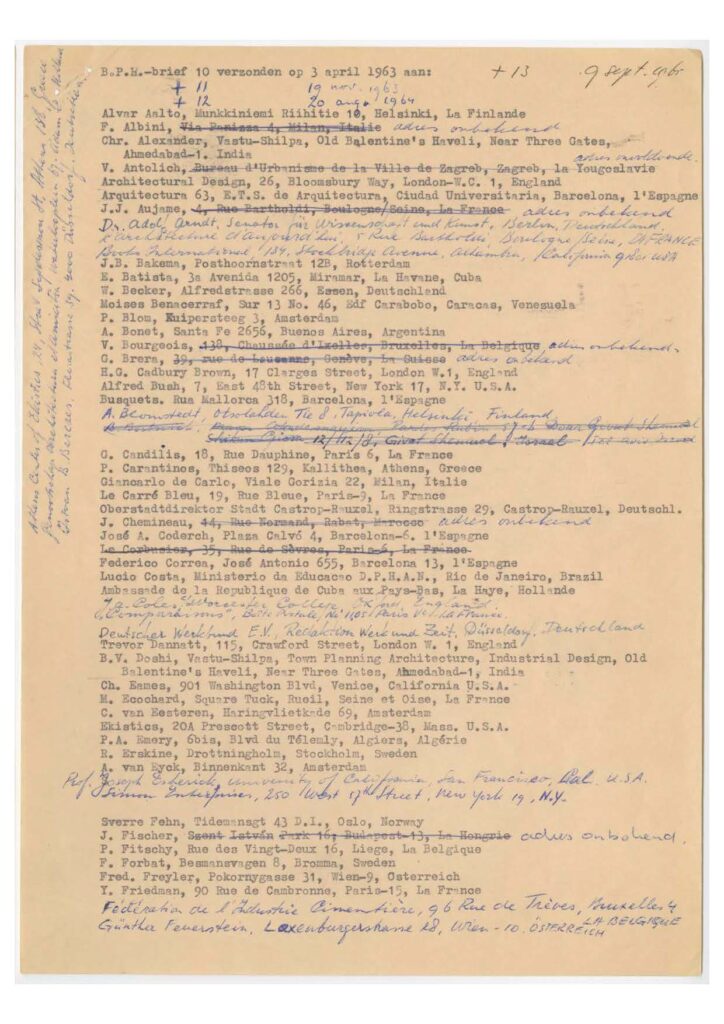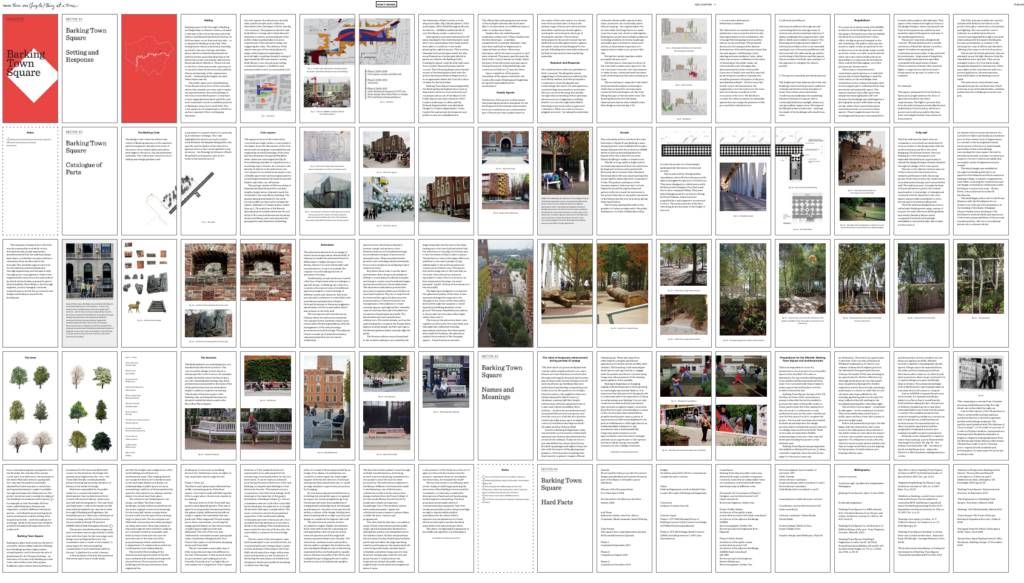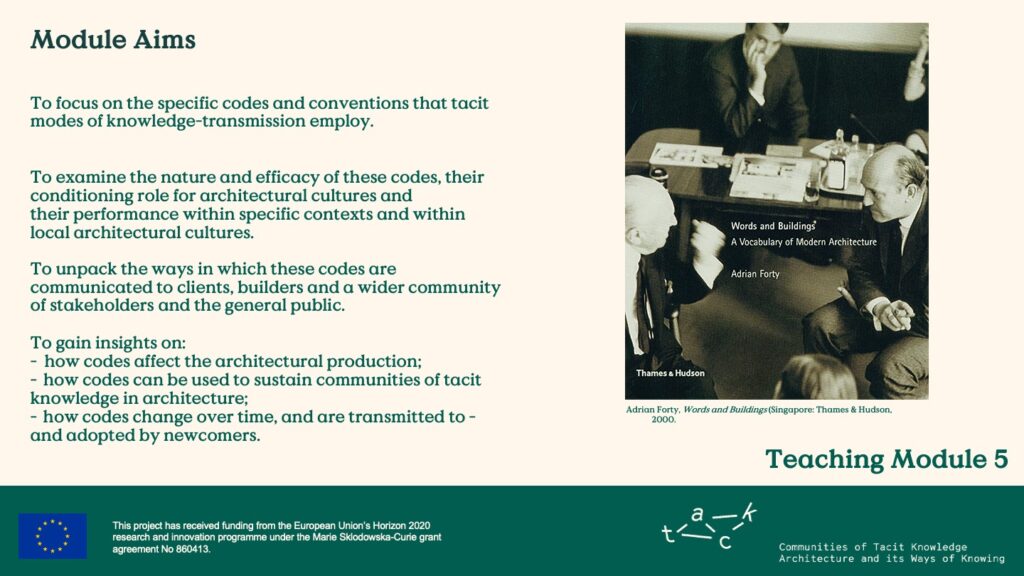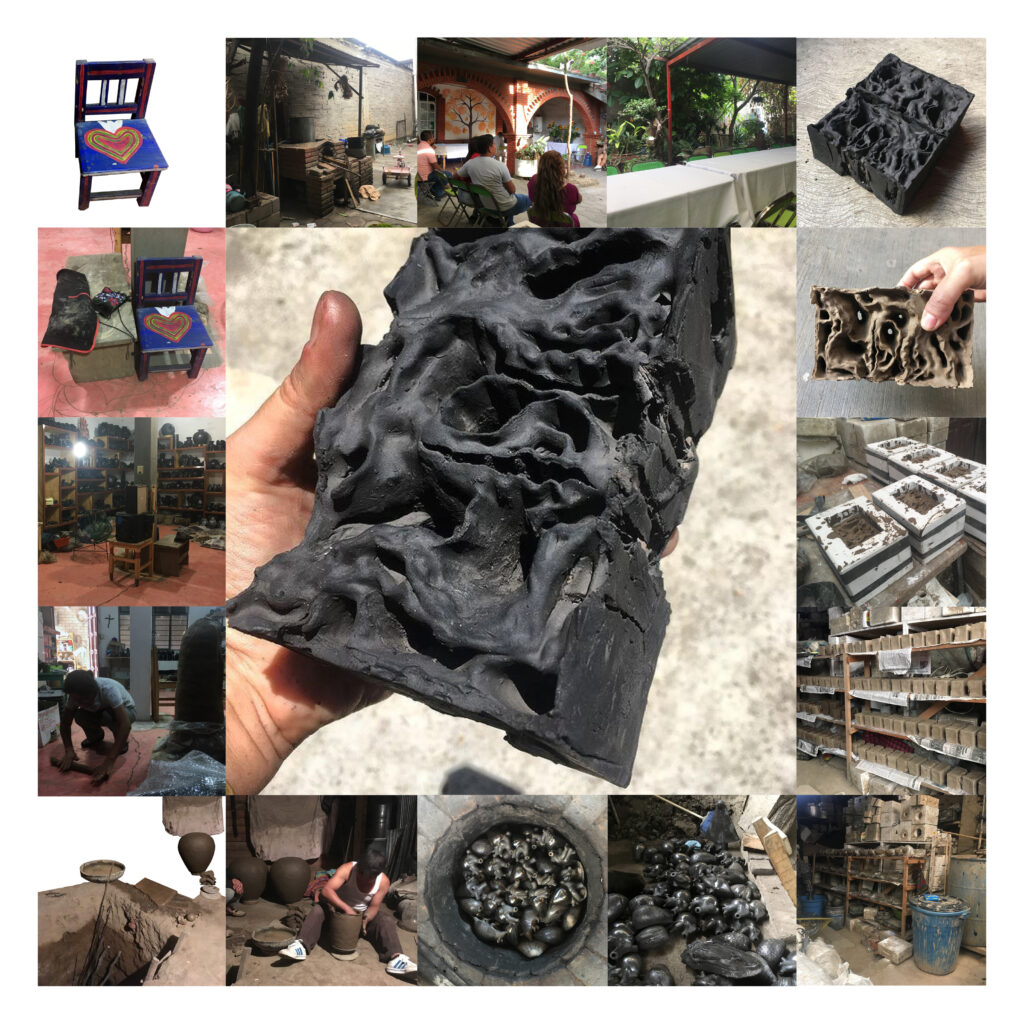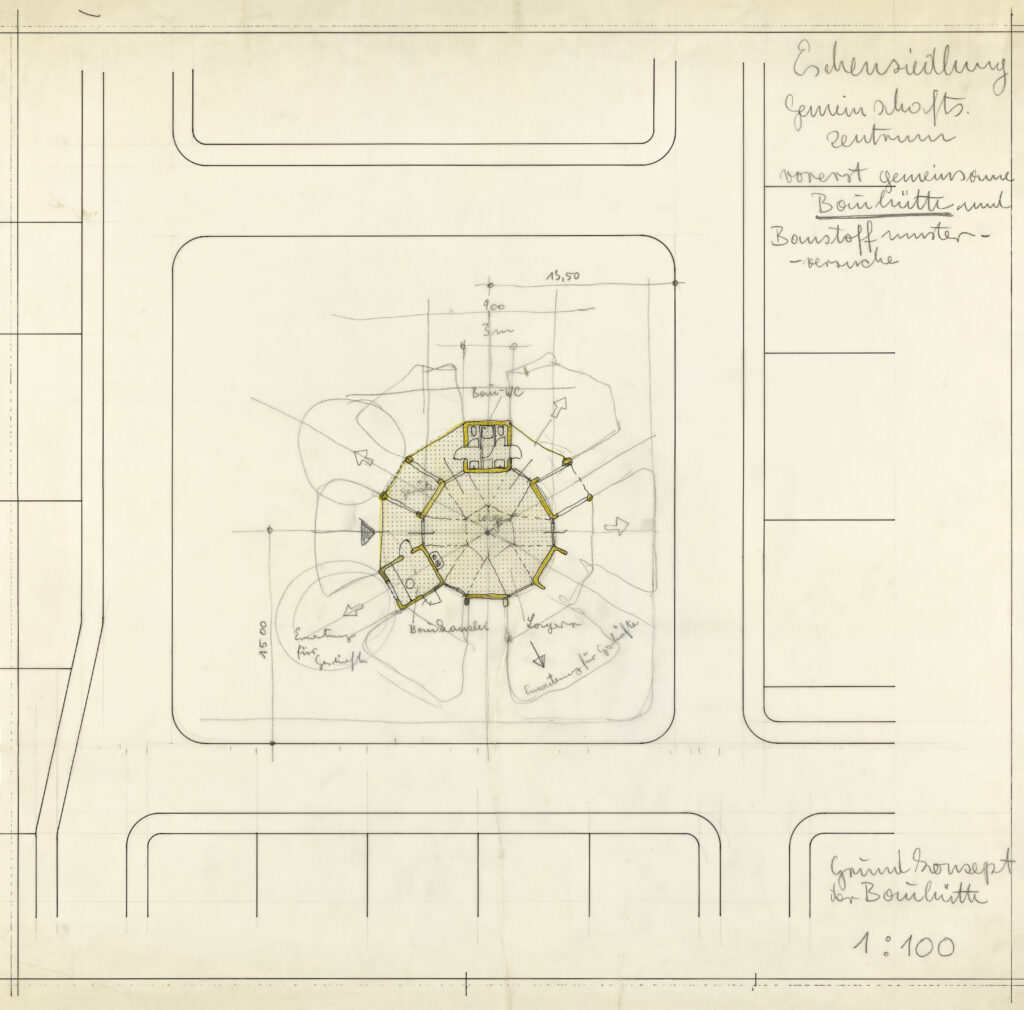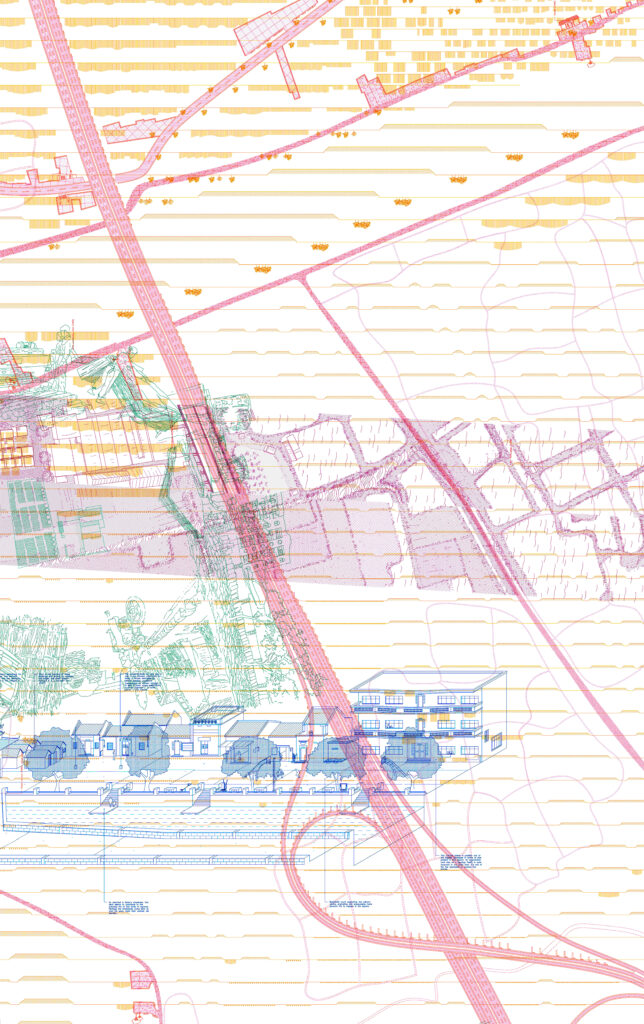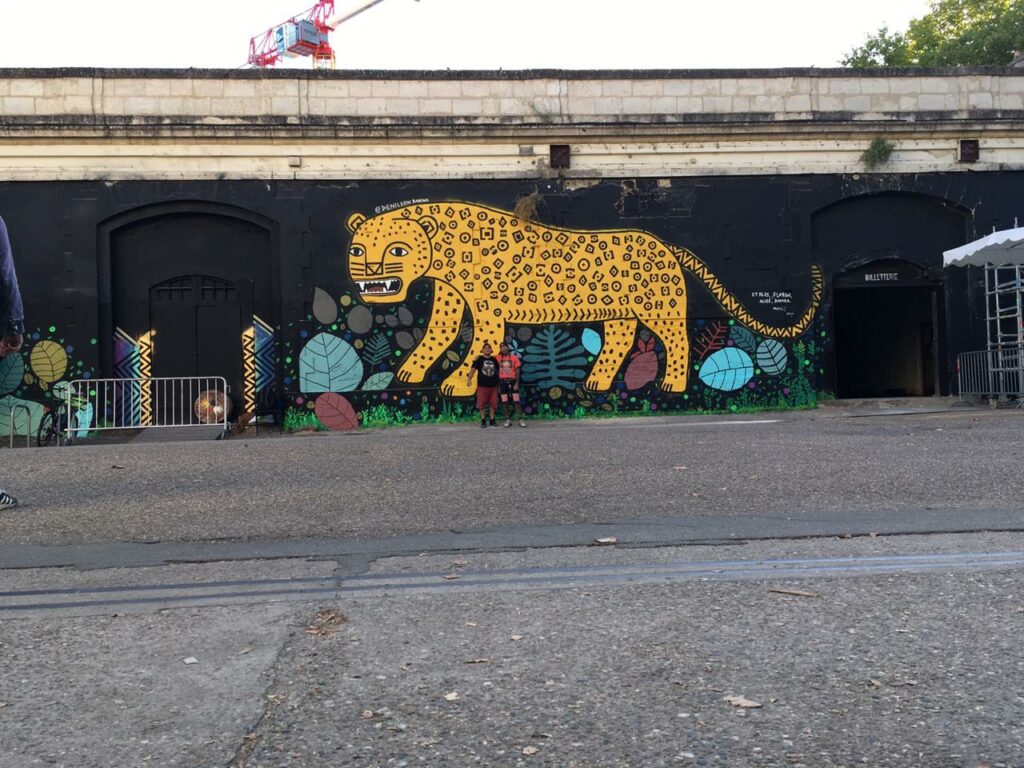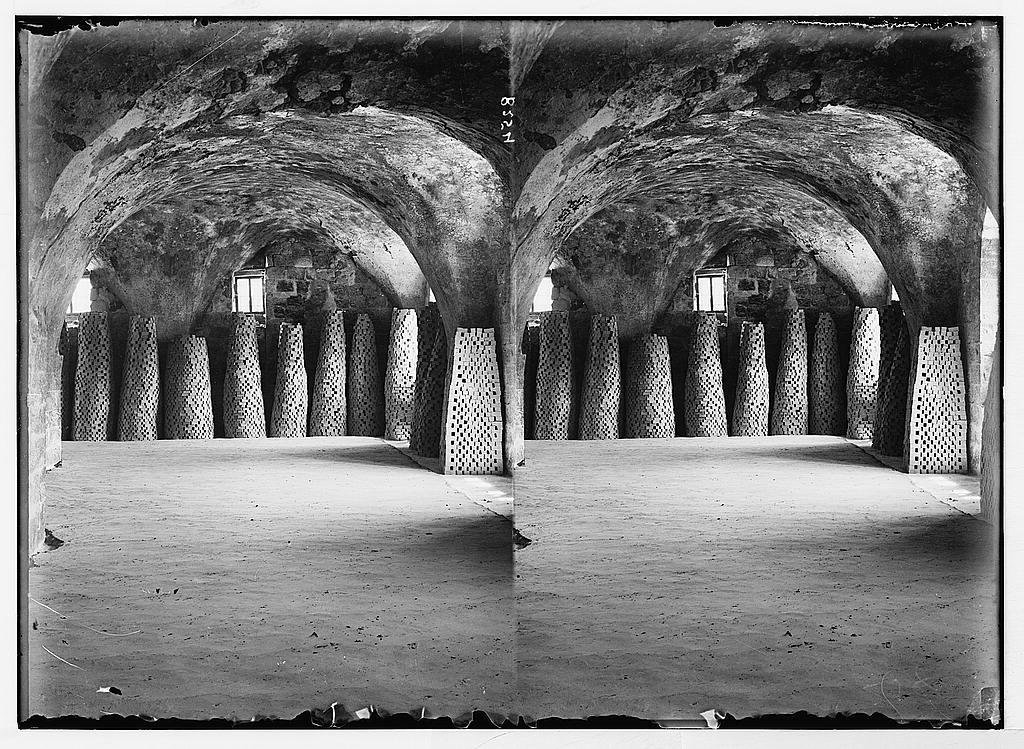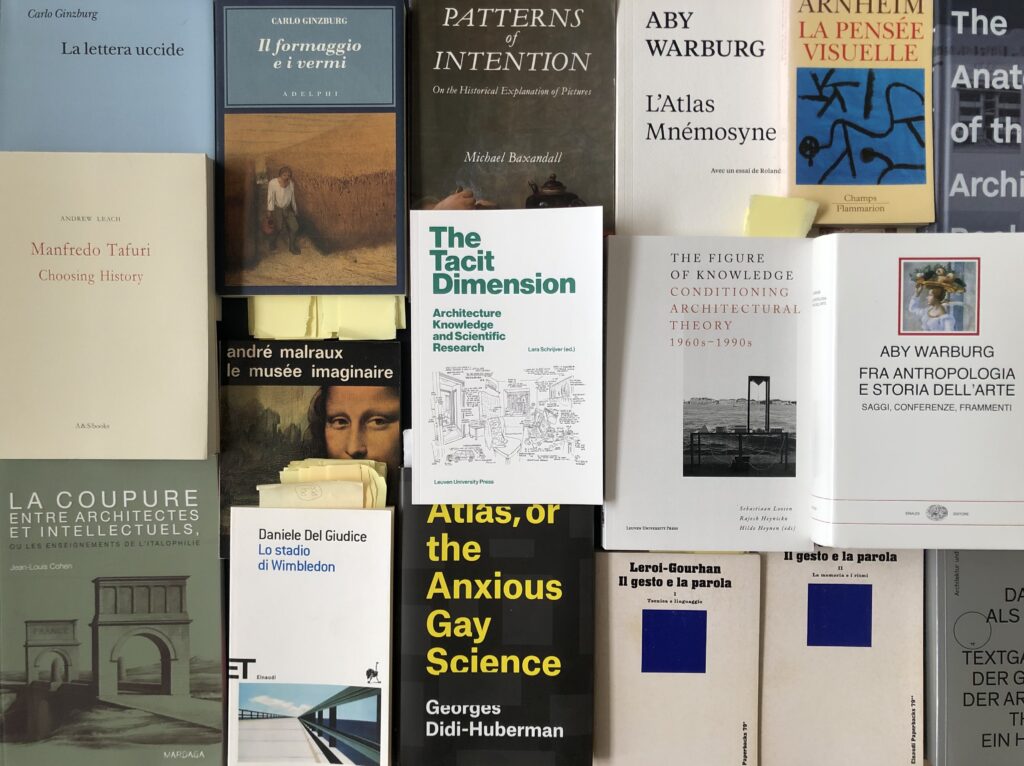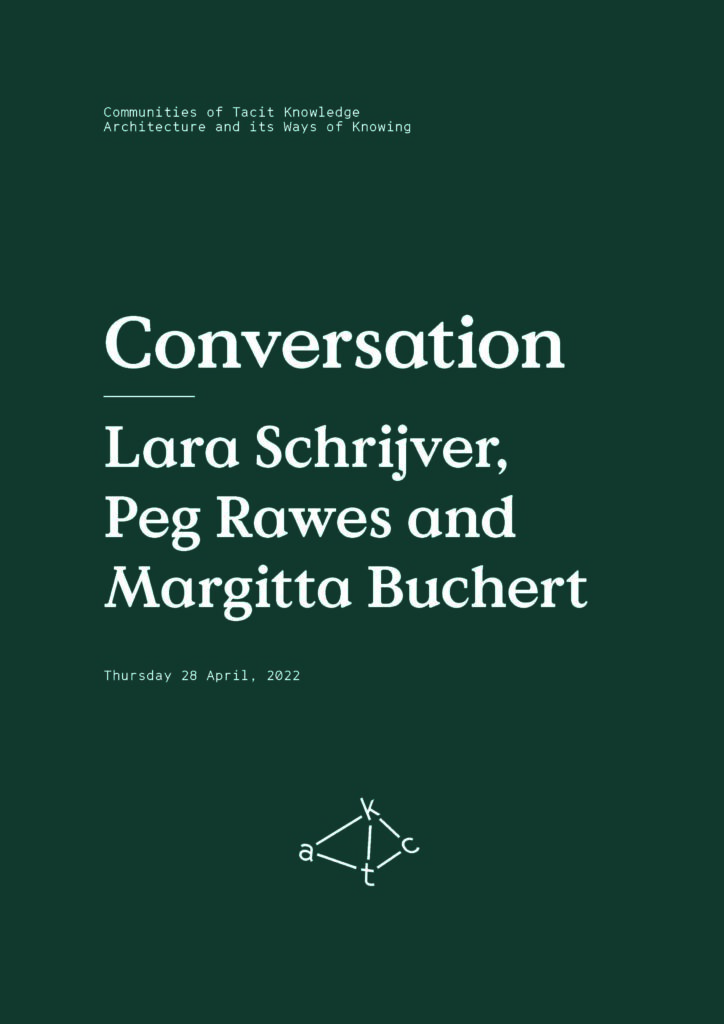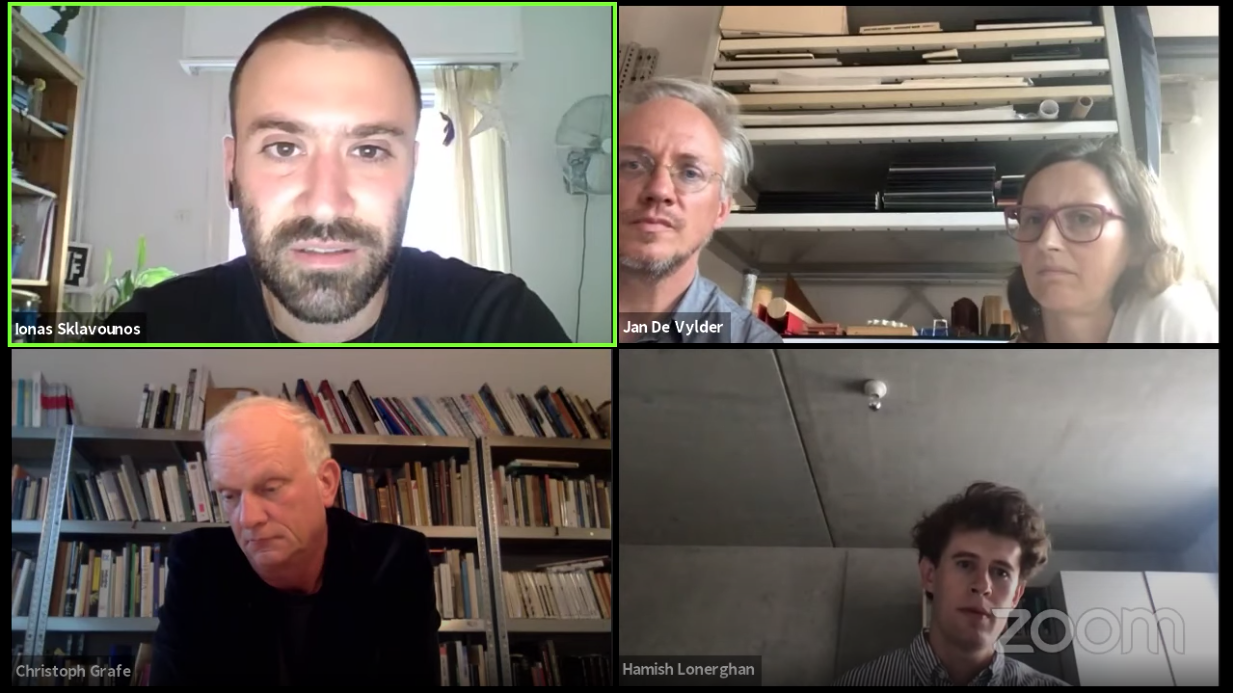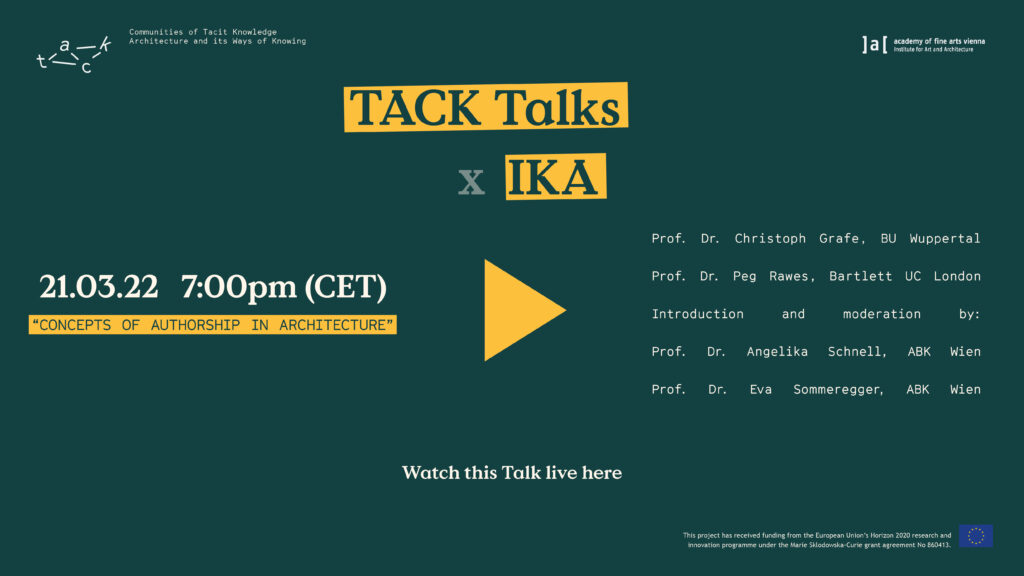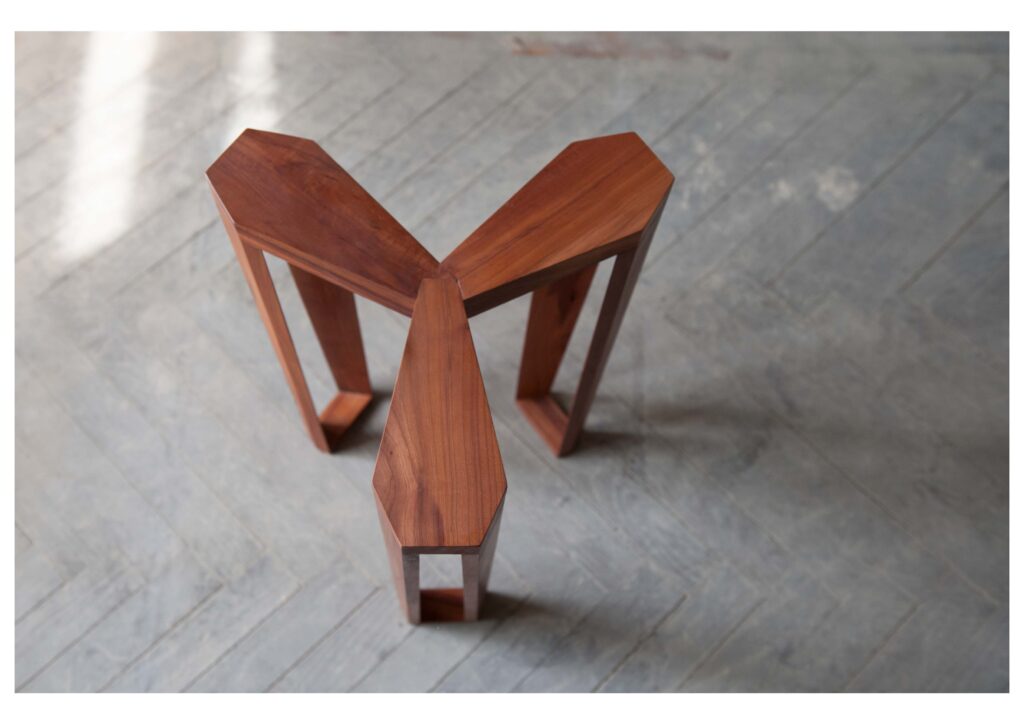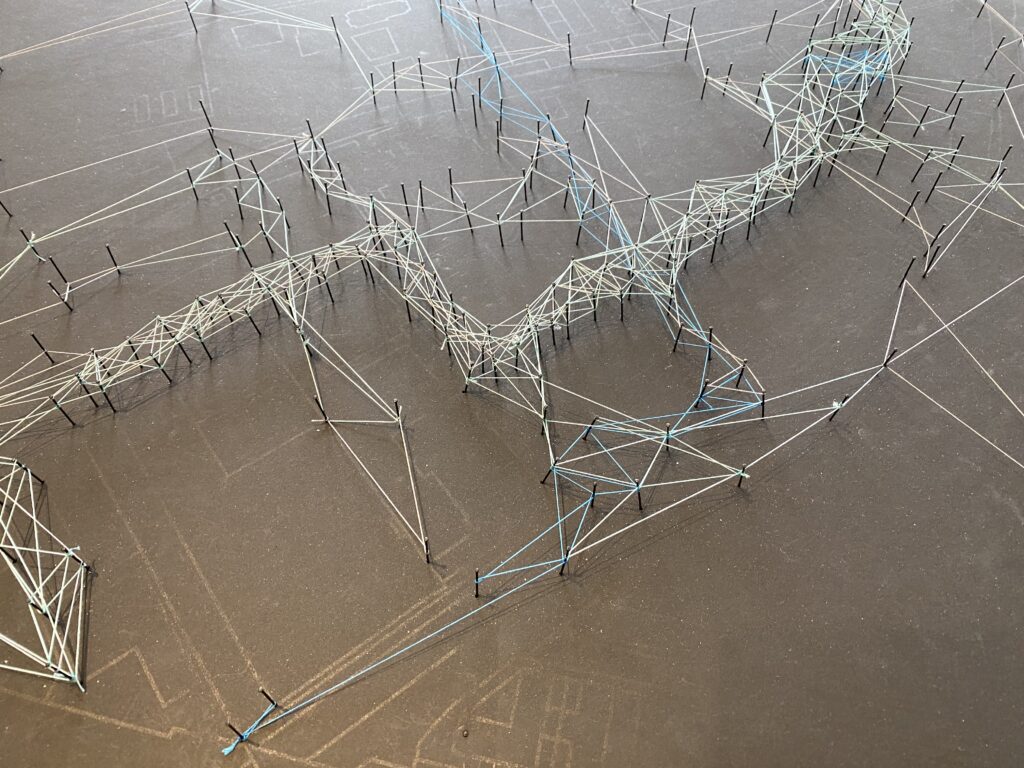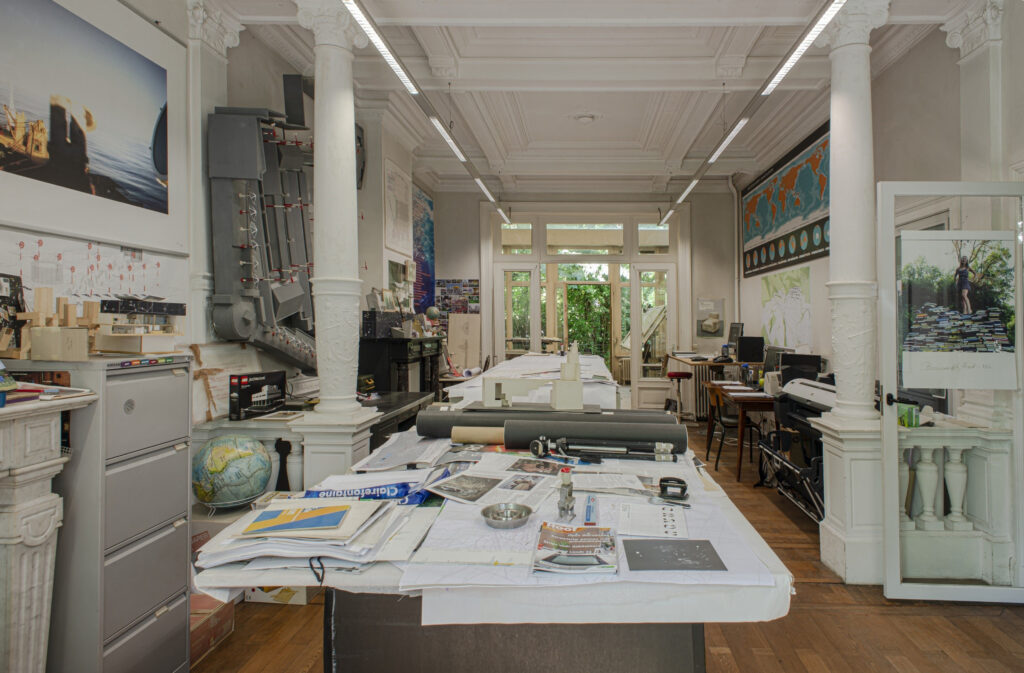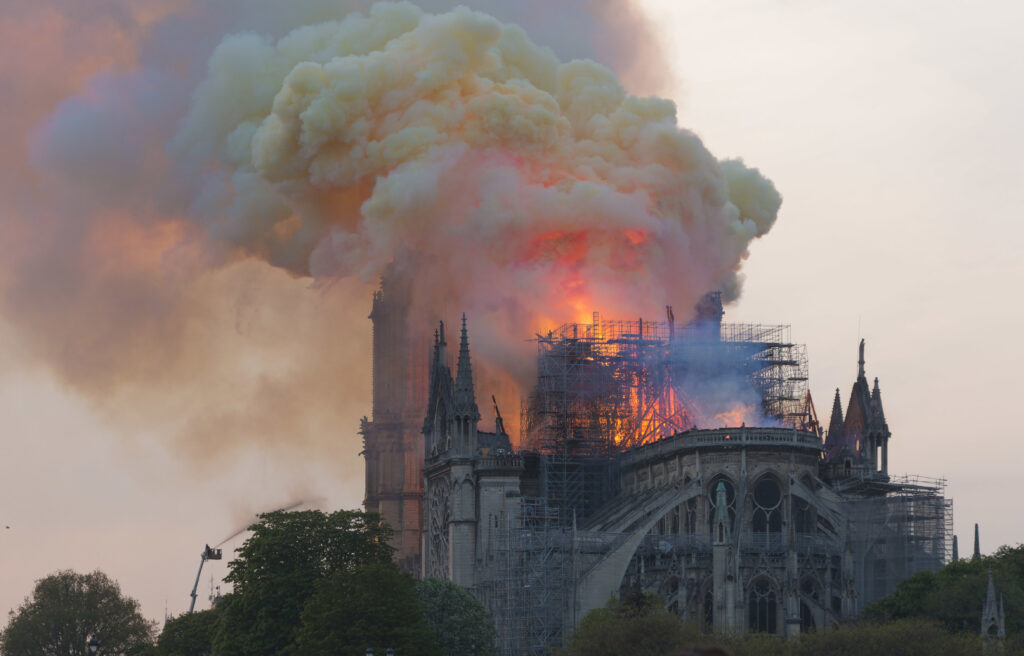Essay
Journal Article
Open Access Publication
Labor, Prescription and Alienation in Architecture: Critical Notes On The Architect’s Practice

Image 01: Tower of Babel under Construction
Date: 1590
Artist: unknown
Source: https://www.wga.hu/html/m/master/zunk_ge/zunk_ge4/ztower_b.html, © Public Domain
ABSTRACT
The present essay seeks to point out contemporary phenomena of decreasing autonomy by the alienation of everyday skills that, together with architectural drawing, promote the architect and urbanist’s figure to that of an expert, thus immobilizing its practice in a heteronomous form. It aims the exposition, with the critiques of Ivan Illich and Sérgio Ferro, how the architect’s practice contributes to the alienation and exploitation of the construction worker’s labour in detriment of the body-skill dialectics, which would allow for a closer relation between individual and society. Opposing this alienation processes, both in consuming as in the production of architecture, with studies about technology and anthropology, it argues in favor of a politics of transformation of architectures technology based on the relation between body, skills, learning and technique.
Eric Crevels
Essay
Journal Article
Open Access Publication
October 16, 2022
View
Labor, Prescription and Alienation in Architecture: Critical Notes On The Architect’s Practice
Eric Crevels

Image 01: Tower of Babel under Construction
Date: 1590
Artist: unknown
Source: https://www.wga.hu/html/m/master/zunk_ge/zunk_ge4/ztower_b.html, © Public Domain

Image 02: Building of Babel
Date: 1882
Artist: Edmund Ollier
Source: https://archive.org/details/dli.granth.77290/mode/2up
, © Public Domain

Image 03: Weltchronik in Versen, Szene: Der Turmbau zu Babel
Date: circa 1370
Artist: Meister der Weltenchronik
Source: The Yorck Project (2002) 10.000 Meisterwerke der Malerei (DVD-ROM), distributed by DIRECTMEDIA Publishing GmbH. ISBN: 3936122202., © Public Domain
ABSTRACT
The present essay seeks to point out contemporary phenomena of decreasing autonomy by the alienation of everyday skills that, together with architectural drawing, promote the architect and urbanist’s figure to that of an expert, thus immobilizing its practice in a heteronomous form. It aims the exposition, with the critiques of Ivan Illich and Sérgio Ferro, how the architect’s practice contributes to the alienation and exploitation of the construction worker’s labour in detriment of the body-skill dialectics, which would allow for a closer relation between individual and society. Opposing this alienation processes, both in consuming as in the production of architecture, with studies about technology and anthropology, it argues in favor of a politics of transformation of architectures technology based on the relation between body, skills, learning and technique.

